Ferritin
How to submit an article:
- Registered users can submit any published journal article that has a unique DOI (Digital Object Identifier) name or link to Research Hub.
- For example, you can paste the full DOI link:
https://doi.org/10.1109/5.771073or just the DOI name:10.1109/5.771073into the field above and click submit. - The person who is first to submit a valid article to Research Hub will forever be credited for it, and every article submission earns you +6 Research Points.
Related Topics
Published research studies are articles that present the findings of original research that has undergone a peer-review process and has been made publicly available in scholarly journals, books or other media.
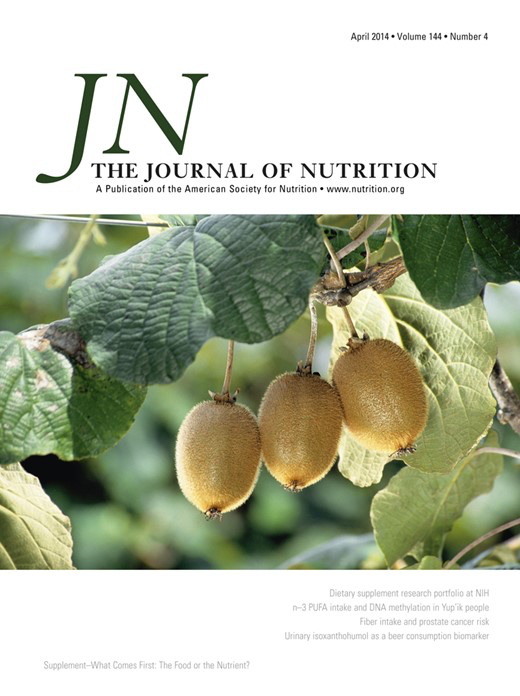
Is a Lower Dose of More Bioavailable Iron (18-mg Ferrous Bisglycinate) Noninferior to 60-mg Ferrous Sulfate in Increasing Ferritin Concentrations While Reducing Gut Inflammation and Enteropathogen Detection in Cambodian Women? A Randomized Controlled Noni
2023 Aug The Journal of Nutrition Fischer JAJ, Pei LX, Elango R, Hou K, Goldfarb DM, Karakochuk CD
Clinical Study Randomised Controlled Trial Iron DeficiencyA lower dose of iron amino acid chelate was not as effective as the standard iron salts dose in increasing ferritin levels in a predominantly iron-replete female Cambodian population.
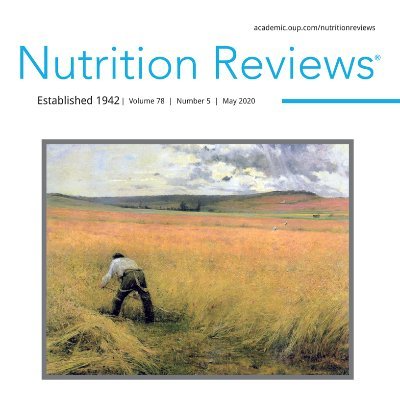
The effects of oral ferrous bisglycinate supplementation on hemoglobin and ferritin concentrations in adults and children: a systematic review and meta-analysis of randomized controlled trials
2023 Feb 02 Nutrition Reviews Fischer JAJ, Cherian AM, Bone JN, Karakochuk CD
Meta-Analysis Systematic Review Iron DeficiencyFerrous bisglycinate, an innovative amino acid iron chelate, showed increased absorption and fewer gastrointestinal side effects when used as an iron supplement in pregnant women.

Vitamin D Deficiency and Its Association with Iron Deficiency in African Children
2022 Mar 25 Nutrients Mogire RM, Muriuki JM, Morovat A, Mentzer AJ, Webb EL, Kimita W, et al.
Children with low 25(OH)D concentrations (<50 nmol/L) had a 98% increased risk of iron deficiency compared to those with higher concentrations, suggesting a significant association between vitamin D deficiency and iron deficiency in the studied population. Additionally, 25(OH)D concentrations variably influenced individual markers of iron status, and inflammation interacted with 25(OH)D concentrations to predict ferritin levels. The findings highlight the importance of considering the link between vitamin D and iron status in developing strategies to manage nutrient deficiencies in African children.
Cohort Study
Threshold ferritin and hepcidin concentrations indicating early iron deficiency in young women based on upregulation of iron absorption
2021 Sep EClinicalMedicine Galetti V, Stoffel NU, Sieber C, Zeder C, Moretti D, Zimmermann MB
Cohort Study Clinical Study Iron Absorption Iron Deficiency Hepcidin FerritinThe body begins to upregulate iron absorption at a ferritin concentration of less than 50 µg/L, indicating an incipient iron deficiency in young women.
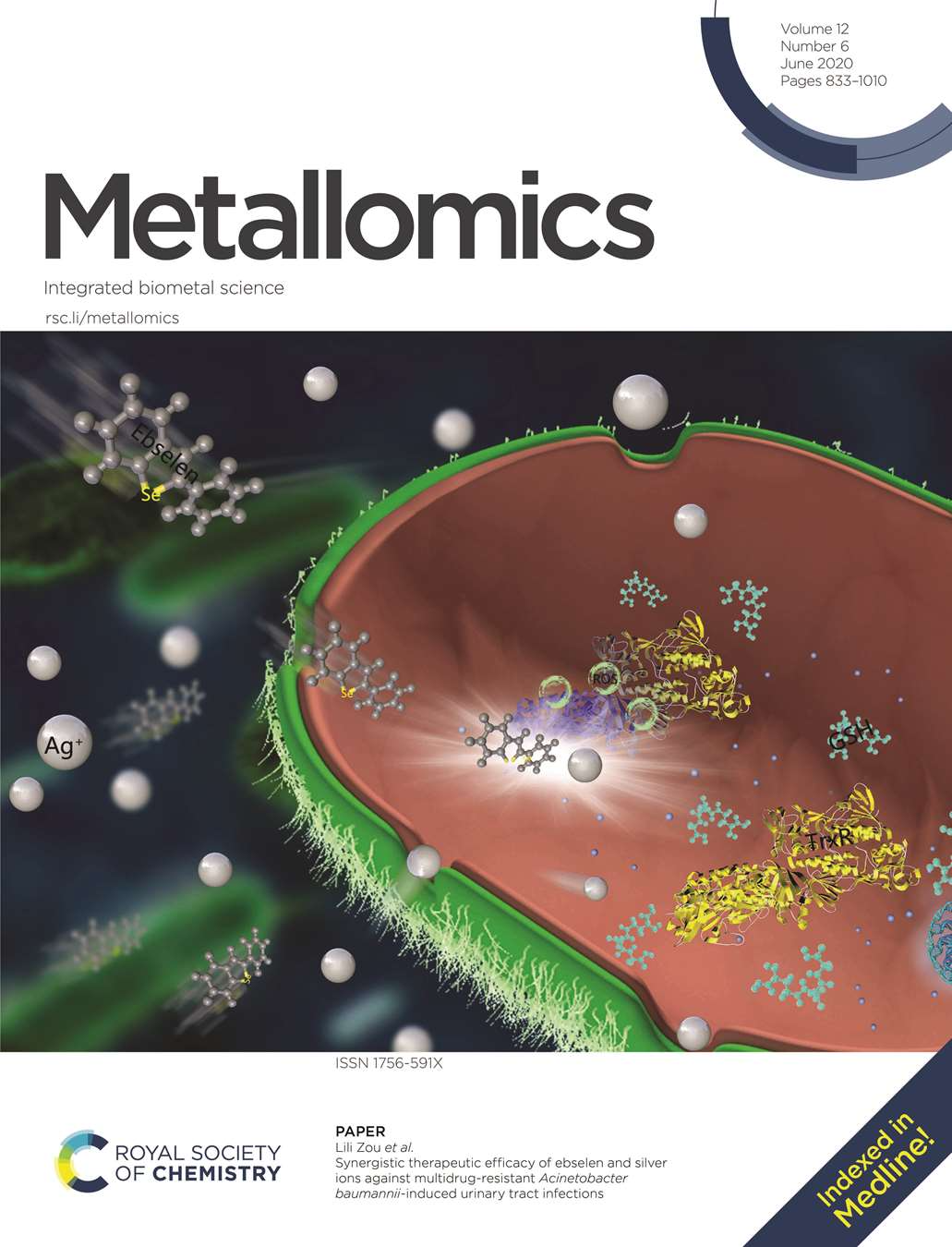
Optimal serum ferritin level range: iron status measure and inflammatory biomarker
2021 May 28 Metallomics DePalma RG, Hayes VW, O'Leary TJ
The report concludes that elevated serum ferritin levels, particularly in conjunction with increased interleukin 6 (IL-6) levels, are associated with higher mortality, but reduced mortality is observed at ferritin levels below 100 ng mL−1. The study proposes optimal ferritin levels for cardiovascular mortality reduction ranging from 20 to 100 ng mL−1, with % transferrin levels from 20 to 50%, and suggests that ferritin levels above 194 ng mL−1 are associated with all-cause mortality in population cohorts.
Review ArticleResearch insights are moderated by the Research Hub team and offer an at-a-glance overview of interesting research findings.

2023 The Journal of Nutrition
A lower dose of iron amino acid chelate was not as effective as the standard iron salts dose in increasing ferritin levels in a predominantly iron-replete female Cambodian population.
Clinical Study Iron Deficiency
Is a Lower Dose of More Bioavailable Iron (18-mg Ferrous Bisglycinate) Noninferior to 60-mg Ferrous Sulfate in Increasing Ferritin Concentrations While Reducing Gut Inflammation and Enteropathogen Detection in Cambodian Women? A Randomized Controlled Noni
Fischer JAJ, Pei LX, Elango R, Hou K, Goldfarb DM, Karakochuk CD

2023 Nutrition Reviews
Ferrous bisglycinate, an innovative amino acid iron chelate, showed increased absorption and fewer gastrointestinal side effects when used as an iron supplement in pregnant women.
Meta-Analysis Iron Deficiency
The effects of oral ferrous bisglycinate supplementation on hemoglobin and ferritin concentrations in adults and children: a systematic review and meta-analysis of randomized controlled trials
Fischer JAJ, Cherian AM, Bone JN, Karakochuk CD

2021 EClinicalMedicine
The body begins to upregulate iron absorption at a ferritin concentration of less than 50 µg/L, indicating an incipient iron deficiency in young women.
Cohort Study Hepcidin Iron Absorption Iron Deficiency
Threshold ferritin and hepcidin concentrations indicating early iron deficiency in young women based on upregulation of iron absorption
Galetti V, Stoffel NU, Sieber C, Zeder C, Moretti D, Zimmermann MB
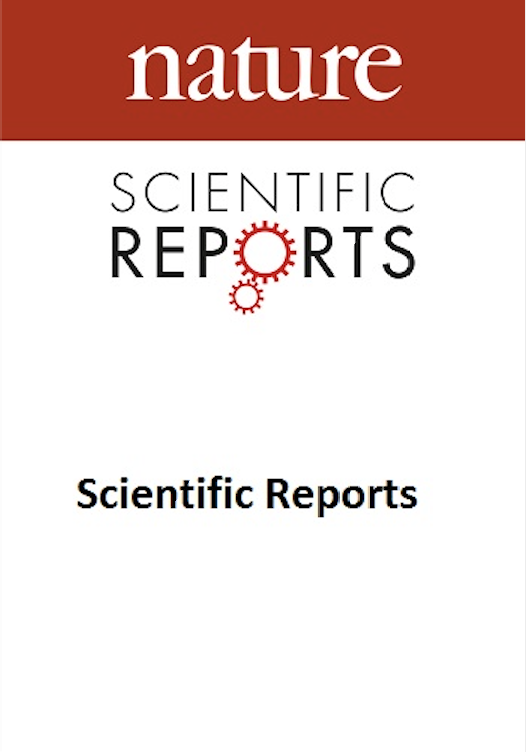
2018 Scientific Reports
Children with attention-deficit hyperactivity disorder are found to have lower ferritin levels and are more likely to have iron deficiency.
Meta-Analysis Iron Deficiency
Peripheral iron levels in children with attention-deficit hyperactivity disorder: a systematic review and meta-analysis
Tseng PT, Cheng YS, Yen CF, Chen YW, Stubbs B, Whiteley P, et al.
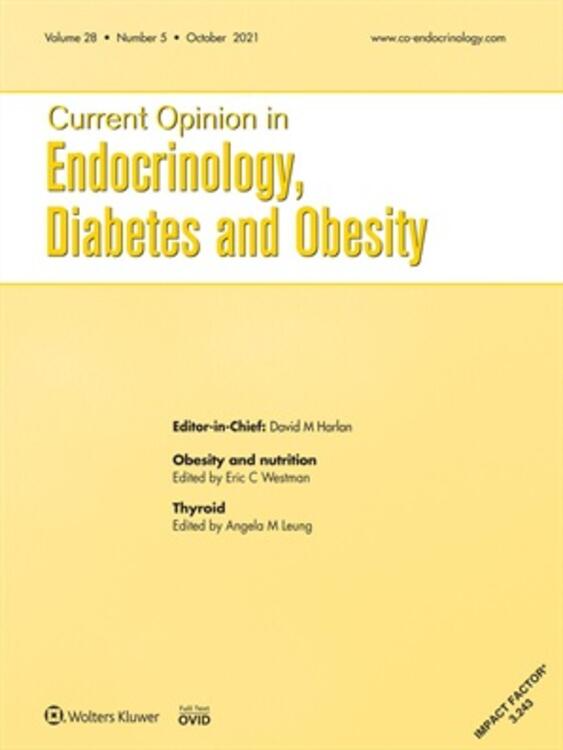
2015 Current Opinion in Endocrinology, Diabetes & Obesity
Maintenance of sufficient vitamin D status may be important in preventing anemia, particularly in diseases characterized by inflammation.
Review Article
Vitamin D and anemia
Smith EM, Tangpricha V
Review Articles
Review articles summarise and critically evaluate the current state of research on a specific topic or field by synthesising multiple primary research studies.

The effects of oral ferrous bisglycinate supplementation on hemoglobin and ferritin concentrations in adults and children: a systematic review and meta-analysis of randomized controlled trials
2023 Feb 02 Nutrition Reviews Fischer JAJ, Cherian AM, Bone JN, Karakochuk CD
Meta-Analysis Systematic Review Iron DeficiencyFerrous bisglycinate, an innovative amino acid iron chelate, showed increased absorption and fewer gastrointestinal side effects when used as an iron supplement in pregnant women.

Optimal serum ferritin level range: iron status measure and inflammatory biomarker
2021 May 28 Metallomics DePalma RG, Hayes VW, O'Leary TJ
The report concludes that elevated serum ferritin levels, particularly in conjunction with increased interleukin 6 (IL-6) levels, are associated with higher mortality, but reduced mortality is observed at ferritin levels below 100 ng mL−1. The study proposes optimal ferritin levels for cardiovascular mortality reduction ranging from 20 to 100 ng mL−1, with % transferrin levels from 20 to 50%, and suggests that ferritin levels above 194 ng mL−1 are associated with all-cause mortality in population cohorts.
Review Article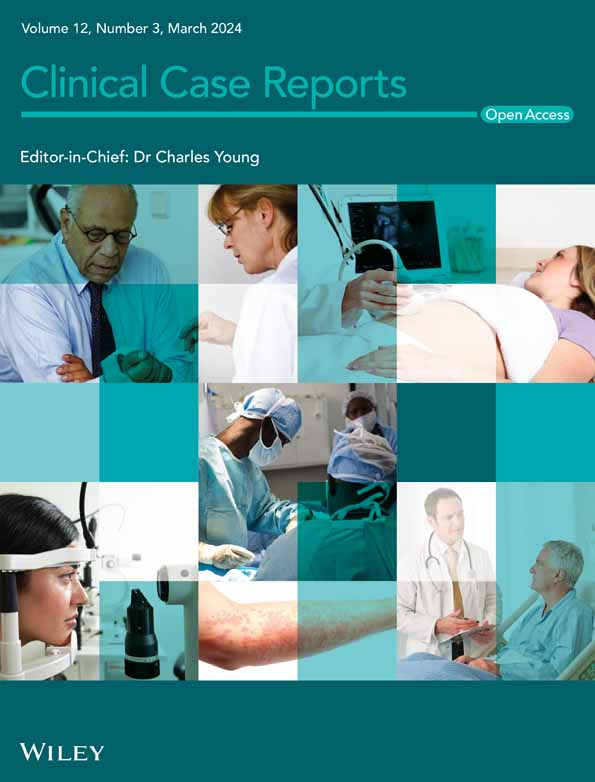
Iron deficiency without anemia – a clinical challenge
2018 Apr 17 Clinical Case Reports Soppi ET
Symptoms suggestive of iron deficiency, along with risk factors such as chronic blood loss and certain medical conditions, should prompt clinical suspicion despite normal blood tests. Ferritin levels, although the most sensitive indicator, may not always accurately reflect iron status, necessitating a comprehensive assessment including iron staining of bone marrow samples. Iron therapy should be initiated and monitored based on repeated ferritin determinations, with a target ferritin concentration of >100 μg/L, to ensure symptom resolution and stable iron levels.
Review Article Ferritin
Peripheral iron levels in children with attention-deficit hyperactivity disorder: a systematic review and meta-analysis
2018 Jan 15 Scientific Reports Tseng PT, Cheng YS, Yen CF, Chen YW, Stubbs B, Whiteley P, et al.
Meta-Analysis Systematic Review Iron Deficiency FerritinChildren with attention-deficit hyperactivity disorder are found to have lower ferritin levels and are more likely to have iron deficiency.

Vitamin D and anemia
2015 Dec Current Opinion in Endocrinology, Diabetes & Obesity Smith EM, Tangpricha V
Review Article FerritinMaintenance of sufficient vitamin D status may be important in preventing anemia, particularly in diseases characterized by inflammation.
Clinical Trials
Clinical trials are research studies that involve people and are conducted to evaluate the safety and efficacy of new treatments or interventions, such as drugs, medical devices, or behavioural therapies.
Study Protocols
Published study protocols are detailed plans that outline the objectives, methodology, statistical analyses, and organisation of a research study that have been made publicly available for others to review and use as a reference.
Presentation Slides

Clinical Study
A lower dose of iron amino acid chelate was not as effective as the standard iron salts dose in increasing ferritin levels in a predominantly iron-replete female Cambodian population.
Fischer JAJ, Pei LX, Elango R, Hou K, Goldfarb DM, Karakochuk CD

Meta-Analysis
Ferrous bisglycinate, an innovative amino acid iron chelate, showed increased absorption and fewer gastrointestinal side effects when used as an iron supplement in pregnant women.
Fischer JAJ, Cherian AM, Bone JN, Karakochuk CD

Cohort Study
The body begins to upregulate iron absorption at a ferritin concentration of less than 50 µg/L, indicating an incipient iron deficiency in young women.
Galetti V, Stoffel NU, Sieber C, Zeder C, Moretti D, Zimmermann MB

Meta-Analysis
Children with attention-deficit hyperactivity disorder are found to have lower ferritin levels and are more likely to have iron deficiency.
Tseng PT, Cheng YS, Yen CF, Chen YW, Stubbs B, Whiteley P, Carvalho AF, Li DJ, Chen TY, Yang WC, Tang CH, Chu CS, Yang WC, Liang HY, Wu CK, Lin PY

Review Article
Maintenance of sufficient vitamin D status may be important in preventing anemia, particularly in diseases characterized by inflammation.
Smith EM, Tangpricha V

Review Article
Consuming a diverse mix of dietary measures enhances iron absorption more effectively than focusing on single nutrients or foods, especially in young women.
Beck K, Conlon C, Kruger R, Coad J
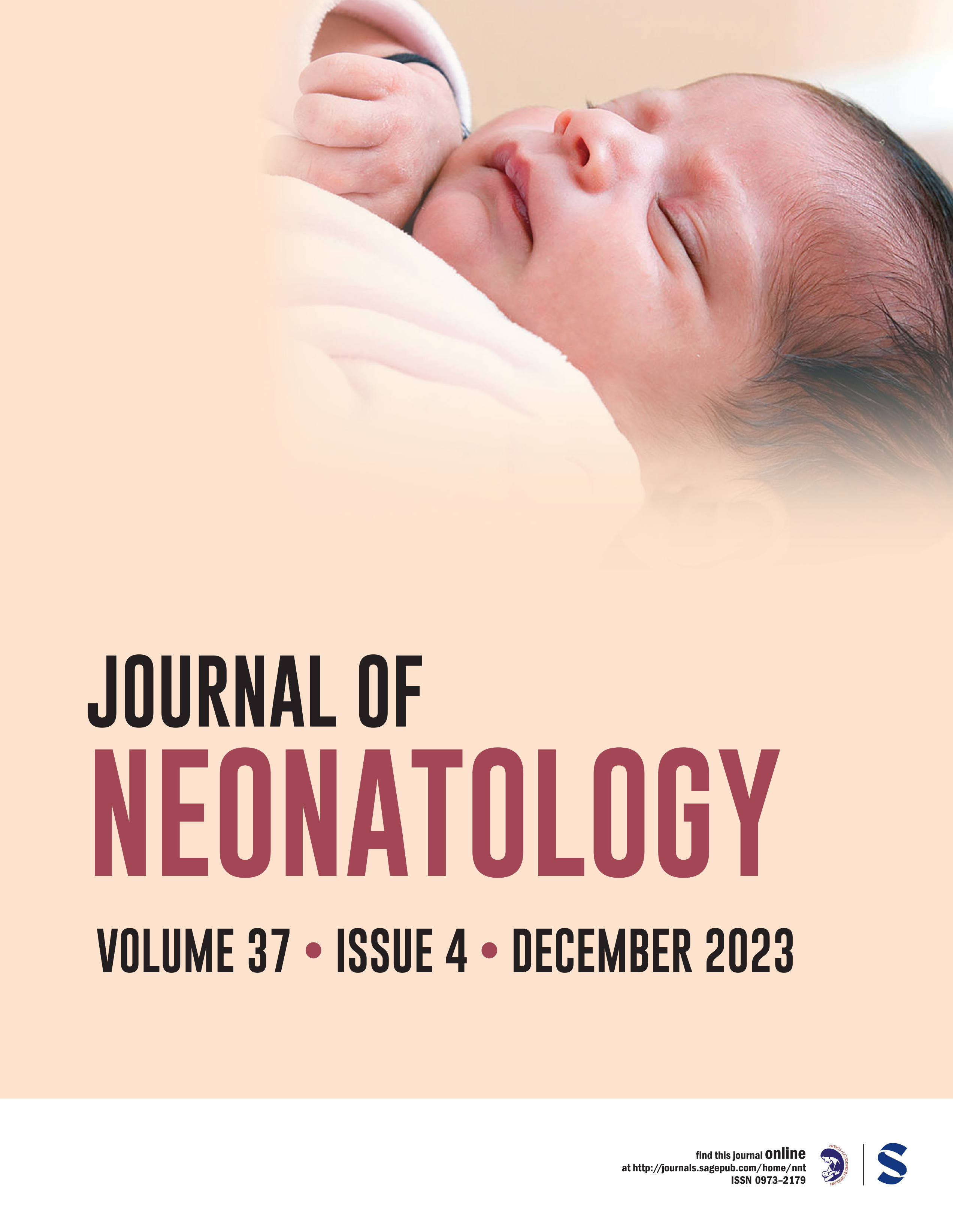
Clinical Study
Female neonates show significantly higher cord serum ferritin concentrations than male neonates, and this difference is crucial when assessing their iron nutriture post-birth.
Tamura T, Hou J, Goldenberg RL, Johnston KE, Cliver SP
Executive Summary
Write an executive summary in the form of a blog article on the topic of "Research into Chinese medicine treatment for Ferritin" summarising the research below and using language that can be easily understood by patients and avoiding medical jargon using a professional and caring tone of voice.
Write an executive summary in the form of a blog article on the topic of "Researched Chinese medicine treatments for Ferritin" summarising the research below in an objective and easy to understand way, and using language that can be easily understood by patients. Group the article into Chinese medicine treatments first, followed by nutrition and other treatments. Avoid using medical jargon and use a professional and caring tone of voice.
Write me a concise but easy to understand executive summary on the topic of "Chinese medicine treatments for Ferritin" based on the following research that I will give you. Your summary should be 2 paragraphs long in Australian English spelling and include references to the studies.
A Clinical Study published in 2023 in the journal The Journal of Nutrition found that A lower dose of iron amino acid chelate was not as effective as the standard iron salts dose in increasing ferritin levels in a predominantly iron-replete female Cambodian population. The research used a double-blind, randomized placebo-controlled noninferiority trial conducted in Cambodia. Participating nonpregnant women, aged 18-45, were randomly assigned either 60mg ferrous sulfate, 18mg ferrous bisglycinate or a placebo for 12 weeks. Baseline and 12-week post blood and fecal samples were collected from the participants and used to measure ferritin and fecal calprotectin levels as well as to detect the presence of enteropathogens. The study found that mean ferritin concentration was higher at 12 weeks in those receiving ferrous sulfate dose compared to those receiving a lower dose of ferrous bisglycinate and a placebo. No significant changes were observed across the groups in terms of fecal calprotectin concentrations or detection of enteropathogens. Therefore, it was concluded that the 18mg dose of ferrous bisglycinate was not as effective as the 60mg ferrous sulfate dose in increasing ferritin concentrations.
A Meta-Analysis published in 2023 in the journal Nutrition Reviews found that Ferrous bisglycinate, an innovative amino acid iron chelate, showed increased absorption and fewer gastrointestinal side effects when used as an iron supplement in pregnant women. Methodology: The team carried out a systematic review and meta-analysis of randomized controlled trials (RCTs) through a comprehensive survey of electronic databases and grey literature up to July 17, 2020, to ascertain the impacts of ferrous bisglycinate versus other iron supplements on hemoglobin and ferritin levels and gastrointestinal (GI) adverse events. Exercises were undertaken to calculate averages from these trials which involved pregnant women and children and these average estimates were communicated as standardized mean differences. The rate of occurrence for GI adverse events was determined using Poisson generalized linear mixed-effects models. Studies involving other subjects (men and non-pregnant women) were evaluated on an individual basis. Discussion of Results: The results reveal fermentable bisglycinate demonstrating an advantage over other iron supplements. Among the pregnant women involved in the trials, those using this supplement had higher hemoglobin levels after 4-20 weeks of administration. Additionally, these women reported reduced GI adverse events. Although the observed increase in ferritin levels was not marked as significant, it depicted an upward trend. However, no notable differences were detected in either hemoglobin or ferritin concentrations in children using ferrous bisglycinate.
A Cohort Study published in 2021 in the journal EClinicalMedicine found that The body begins to upregulate iron absorption at a ferritin concentration of less than 50 µg/L, indicating an incipient iron deficiency in young women. In the methodology, this study utilizes a pooled analysis of stable iron isotope studies conducted between 2006 and 2019 on healthy women aged 18 to 50. These studies quantified iron absorption from meals providing physiological quantities of iron. A mathematical model known as generalized additive modeling was employed to ascertain the relationships between iron absorption, ferritin, and a molecule called hepcidin. By estimating the first derivatives of the trend created by the model, inflection points (or thresholds) in these relationships were established. The results revealed that hepcidin increased in a linear fashion parallel to ferritin. Iron absorption increased when hepcidin reached a threshold value and when a threshold ferritin value was detected, beyond which iron absorption remained stable. An auxiliary validation within the results found that a hepcidin of approximately 3 nmol/l corresponded to a ferritin level of approximately 51 µg/l. These findings collectively suggest that if the body's ferritin concentration falls below 50 µg/L—corresponding to a hepcidin level of less than 3 nmol/l—the body will respond by absorbing more iron from the diet, signaling an emerging iron deficiency.
A Meta-Analysis published in 2018 in the journal Scientific Reports found that Children with attention-deficit hyperactivity disorder are found to have lower ferritin levels and are more likely to have iron deficiency. For the methodology of this meta-analysis, numerous databases such as PubMed, ScienceDirect, Cochrane CENTRAL, and ClinicalTrials.gov were searched for relevant studies up until August 9, 2017. The principal outcomes were the differences in peripheral iron levels between children diagnosed with ADHD and healthy controls, and the severity of ADHD symptoms in children with and without iron deficiency. Seventeen articles met the strict inclusion criteria and were therefore included in the meta-analysis. Discussing the results, peripheral serum ferritin levels (a measure of iron storage) were found to be significantly lower in children with ADHD. However, no notable difference was found in serum iron or transferrin levels (measures of iron transport). In addition, children with iron deficiency displayed more severe ADHD symptoms. Importantly, a significant link between ADHD and iron deficiency was also established.
A Review Article published in 2015 in the journal Current Opinion in Endocrinology, Diabetes & Obesity found that Maintenance of sufficient vitamin D status may be important in preventing anemia, particularly in diseases characterized by inflammation. Vitamin D has previously been found to be associated with anemia in various healthy and diseased populations. Recent studies indicate that the association may differ between race and ethnic groups and is likely specific to anemia of inflammation. The mechanism underlying this association involves the reduction of proinflammatory cytokines by vitamin D and the direct suppression of hepcidin mRNA transcription. There is also evidence that vitamin D may be protective against anemia by supporting erythropoiesis. Other calciotropic hormones including fibroblast growth factor 23, and parathyroid hormone have also been found to be associated with iron homeostasis and erythropoiesis.
A Review Article published in 2014 in the journal Nutrients found that Consuming a diverse mix of dietary measures enhances iron absorption more effectively than focusing on single nutrients or foods, especially in young women. This review examined dietary factors that contribute to iron deficiency in young women residing in industrialized countries. The study analysed dietary elements such as ascorbic acid and animal protein foods - meat, fish, and poultry - that enhance iron absorption. Conversely, it also explored elements like phytic acid, soy protein, calcium, and polyphenols, which inhibit this process. Furthermore, the research also delved into the complex interactions between these dietary factors, whose consumption effects may cancel each other out. The study made use of cross-sectional studies to deduce the relationship between diet and iron status. Through these studies, it was discovered that only meat intake consistently resulted in higher serum ferritin concentrations, indicating increased iron stores. In recent studies, the combination and timing of foods consumed were considered, yielding rather mixed results. The results indicate that while some diet elements such as ascorbic acid and meat enhance iron absorption, their impact may be nullified when consumed alongside inhibitory foods and nutrients. Across different studies, meat intake consistently improved iron status, hinting at its potential role in mitigating iron deficiency. However, the most striking finding is that using a broad selection of dietary measures, rather than focusing on individual nutrients or foods, presents a more effective approach. This suggests dietary diversification could be crucial for preventing and treating iron deficiency, particularly in young women in industrialized countries.
A Clinical Study published in 1999 in the journal Neonatology found that Female neonates show significantly higher cord serum ferritin concentrations than male neonates, and this difference is crucial when assessing their iron nutriture post-birth. The researchers measured cord serum ferritin concentrations in a total of 255 infants, divided into 116 females and 139 males. The study evaluated the relationship between these ferritin values and a series of neonatal and maternal characteristics. Notably, the study also considered specific groups such as infants with fetal growth restriction, infants with birth weights lower than 3,000g and infants with young or African American mothers. In the study, a significant correlation was discovered between the maternal serum ferritin concentration at the 36-week gestation mark and the cord serum ferritin of male infants, while the same association was found to be less significant in the case of female infants. The mechanism behind this gender difference in ferritin concentration is not yet fully understood.
Moderation Tools
Topic
Sign In
Users not signed in are limited to viewing the 5 most recent items of content.